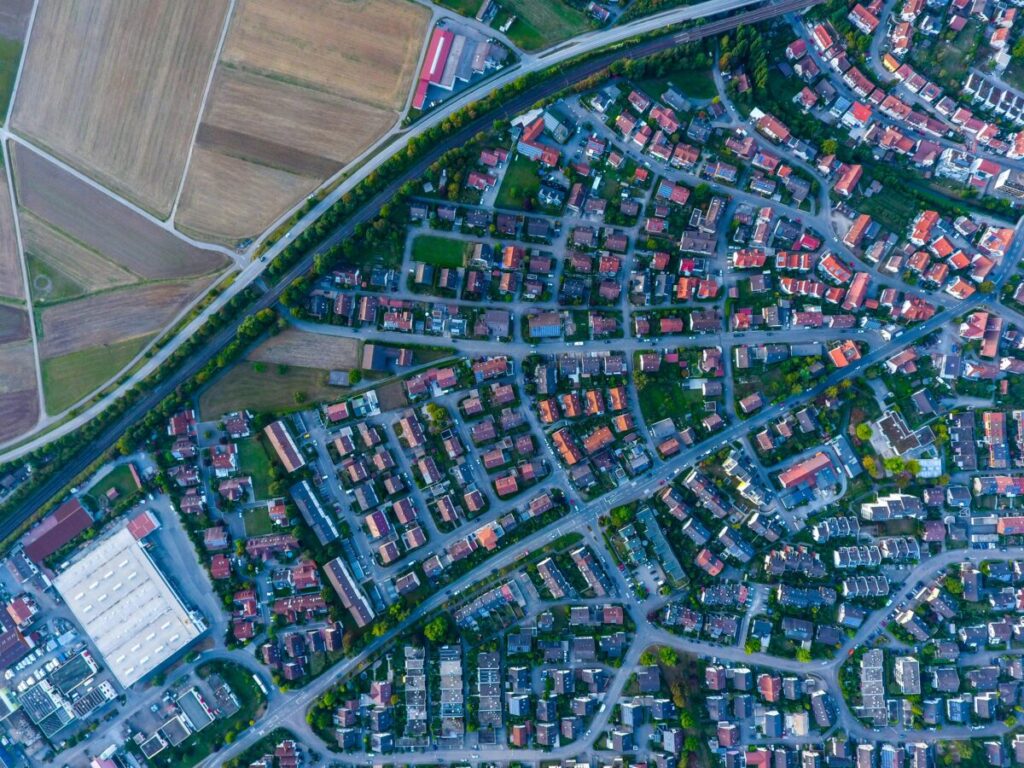The new framework, called SolarNet+, would calculate the PV potential of cities not only by finding the orientation of roofs in spatial images, but also by identifying superstructures such as windows or chimneys. It was tested using aerial photographs from Munich and Brussels and found to be superior to reference frames.
A group of scientists from Germany have developed a new deep learning-based method for the potential of city-scale PV rooftops based on aerial imagery. The novelty of the proposed technique consists in the possibility of considering superstructures on roofs.
“Those parts of the roof surface may not be available for solar panel installation due to obstacles such as windows or chimneys. The overestimation of the solar potential on roofs can be largely alleviated if we take roof structures into account.” Qingyu Li, a researcher at the and the corresponding author of the project, narrated pv magazine.
“We devise an innovative multi-task learning network that is capable of learning roof orientation maps and roof superstructure maps simultaneously. Specifically, roof segmentation masks are initially learned and mapped to contextual and multi-scale features for further learning of roof orientations and superstructures,” she added. “This can not only improve building roof information, but also suppress background clutter such as cars and roads.”
The framework is based on a convolutional neural network (CNN), a class of deep learning algorithms. Naming the framework SolarNet+uses the CNN to learn roof orientation and superstructure maps. It first extracts individual classes of roof segments and classifies them based on their orientation, and then excludes the area of the superstructure determined by using predicted roof superstructure maps. Then, using the solar radiation database, the predicted PV production can be calculated, from panel level to city scale.
The system was first trained, validated and tested on the Roof Information Dataset (RID), which covers 1,880 buildings in the small German city of Wartenberg. It was divided into training, validation and testing sets with a ratio of 7:1:2. RID is the only available database with annotated superstructures, so it was possible to compare the framework with the actual data.
“For a comprehensive evaluation of the results of roof orientations and superstructures, SolarNet+ is compared with various state-of-the-art methods,” the researchers said. “Specifically with regard to roof orientations, comparisons are made with five networks: DeepLab V3+, FC-DenseNet, Efficient-UNet, U-Net and SolarNet. For the roof structure, we perform comparisons with four semantic segmentation networks: DeepLab V3+, FC-DenseNet, Efficient-UNet and U-Net.”
The analysis showed that SolarNet+ outperforms other competitors in terms of prediction accuracy of roof orientations and superstructures. Using intersection over union (IoU) to measure accuracy, the new framework outperformed the rest in seven of nine superstructure classes and four of six roof orientation classes.
After the test above Wartenberg, the researchers checked the system’s portability to other areas and ran it through a dataset of 216 buildings from the Munich urban area, from which they manually collected data for compression.
“The IoU metrics of roof structure and roof orientation prediction are 20.80% and 23.86% respectively,” they said. “Of course there is still a lot to improve. But since the roofs between Wartenberg and Munich largely differ, the results achieved are already impressive.”
Li added that in future research, the group will try to improve transferability by collecting more training samples from a wide range of cities, and implementing domain adaptation and domain generalization techniques to address the domain shifting problem between different cities.
Finally, the group integrated the system with different types of local climate zones (LCZ) and tested it in Brussels, Belgium. “The results from Brussels show that three specific LCZ urban types exhibit the highest potential rooftop solar efficiency: compact high-rise buildings, compact mid-rise buildings and heavy industry. The annual photovoltaic potential for these LCZ types is reported as 10.56 GWh∕year∕km2, 11.77 GWh∕year∕km2 and 10.70 GWh∕year∕km2, respectively,” they said.
The framework was presented in “Deep learning-based framework for estimating city-scale rooftop solar potential by considering roof superstructures,” published in Applied energy. Scientists from the Technical University of Munich and the Munich Center for Machine Learning took part in the study.
This content is copyrighted and may not be reused. If you would like to collaborate with us and reuse some of our content, please contact: editors@pv-magazine.com.

